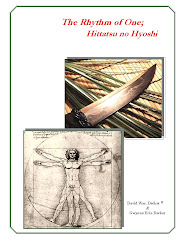
An Update: Well now our fearless leader is intervening in the anarchy and slaughter in the Ivory Coast. Has he gone insane or just drinking in the ambrosia of Presidential power?
It took the Big O. nine days to decide to talk to the American people about why we are in Libya. In less than an hour he could have read Sun Tzu’s “The Art of War,” in its entirety and never gotten involved in Libya at all. There is a lot more to running a nation than there is to organizing a community. Here are a few lines from Sun Tzu that could have saved us hundreds of millions of dollars a day and spared a lot of Libyan lives. As the old saying goes, “A man who won’t read is no better than a man who can’t read.”
“1. Sun Tzu said: In the operations of war, where there are in the field a thousand swift chariots, as many heavy chariots, and a hundred thousand mail-clad soldiers, with provisions enough to carry them a thousand li, the expenditure at home and at the front, including entertainment of guests, small items such as glue and paint, and sums spent on chariots and armor, will reach the total of a thousand ounces of silver per day. Such is the cost of raising an army of 100,000 men.
2. When you engage in actual fighting, if victory is long in coming, then men’s weapons will grow dull and their ardor will be damped. If you lay siege to a town, you will exhaust your strength.
3. Again, if the campaign is protracted, the resources of the State will not be equal to the strain.
4. Now, when your weapons are dulled, your ardor damped, your strength exhausted and your treasure spent, other chieftains will spring up to take advantage of your extremity. Then no man, however wise, will be able to avert the consequences that must ensue.
5. Thus, though we have heard of stupid haste in war, cleverness has never been associated with long delays.
6. There is no instance of a country having benefited from prolonged warfare.”
What we have for a commander in chief is also described by Sun Tzu in rather disparaging words. 18. When the general is weak and without authority; when his orders are not clear and distinct; when there are no fixed duties assigned to officers and men, ……………., the result is utter disorganization. Translation by Dr. Lionel Giles. Ca. 1910









